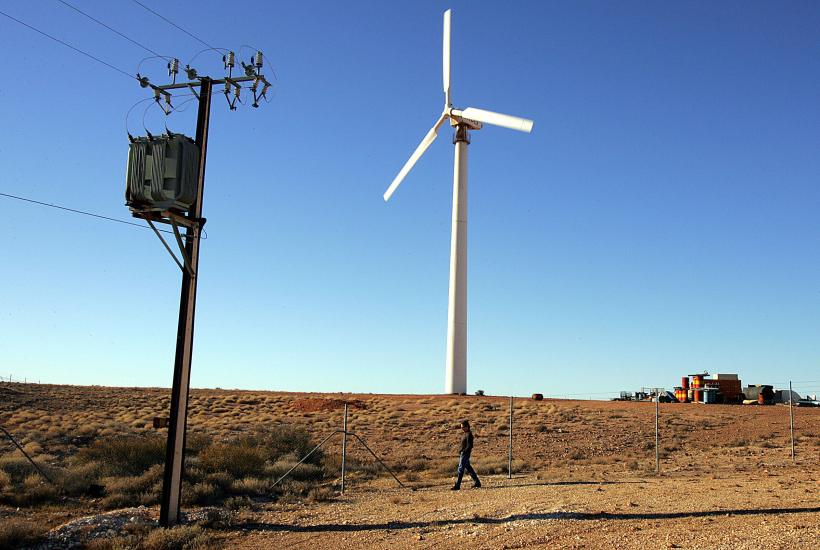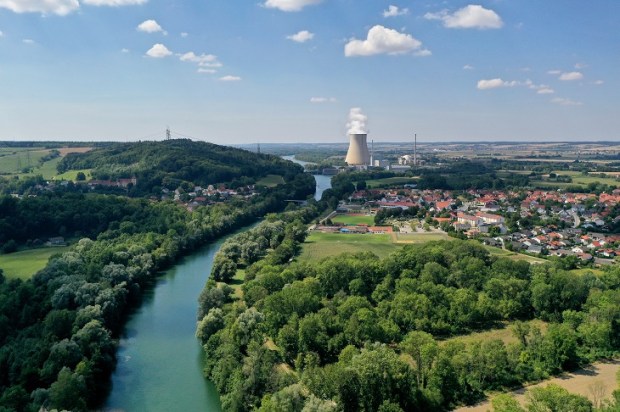Electricity networks have recently come under fire from the Australian Energy Regulator (AER) for allegedly passing on unnecessary costs to consumers. Both public and private electricity networks are accused of price gouging by overcharging consumers by over $400 million than they were permitted, to pay off their corporate tax bill.
Transmission and distribution networks are regulated monopolies which can either be state or privately owned. Both network types are subject to regulation by the AER which determines tax allowances based partly on tax forecasts by the network operators during their revenue determination process.
That both public and private corporations have been accused of overcharging households disproves the notion that keeping electricity networks in state hands prevents abuse of their network monopoly. Rather, public corporations are just as capable of taking advantage of their control over electricity transmission and distribution networks to price gouge consumers.
However, unlike public operators, private companies aim to achieve profits for their shareholders. Directors control the budget and look for appropriate cost savings to enable continued profits to be made. That the fully privatised electricity networks in Victoria and ACT had lower annual electricity bills in 2013 and 2014 compared to the public electricity networks of Queensland and Tasmania proves that companies can be run more frugally while achieving a profit and passing on cheaper electricity prices to households.
Prices in the ACT, South Australia and Victoria remained low through the 1990s following the privatisation of these networks at the time. Consequently, we see that Queenslanders had the highest electricity bills in 2017 whilst having a publicly owned network, while Victorians were paying the least for electricity under their privately owned electricity network.
By contrast, state-owned companies spend their budget allocation regardless of profits or rates of return. In fact, executives who do not spend their full allocation are regarded unfavourably. Publicly owned networks are also under political pressure to engage in the practice of ‘featherbedding’, which involves hiring more workers than needed to perform organisational functions, as there are negative political consequences for elected governments to sack employees from a state-owned enterprise.
This combined with a lack of accountability to shareholders, ensures that operation costs are kept at levels above those which are genuinely necessary. State-owned networks are also far more sensitive to lobbying from unions to retain and increase featherbedded staff.
Furthermore, state-owned networks are more likely to overinvest in network assets, the costs of which are passed on to consumers through higher bills. While electricity network operators must balance the competing priorities of keeping prices low with maintaining reliable electricity supply when deciding whether to purchase assets, state operators have lesser incentive to lower costs since they are not accountable to shareholders and more incentive to exaggerate the actual risk of interruption events due to the potential political fallout of one taking place. As a result, they are more likely to buy assets they do not need, paid for by consumers for years to come.
Network costs were the primary driver of cost spikes in NSW in the decade preceding 2015-16 when the state-owned poles and wires were sold off, with a 2017 Australian Competition and Consumer Commission report placing blame on overinvestment in network assets. Sadly, network costs in the state are likely to remain high as consumers continue to pay for assets purchased under the previous regime.
It is important to note that price hikes over the last decade have come about for a variety of reasons. The ACCC report into the National Electricity Market found that while high networks costs were the main contributor to rising electricity prices for households, environmental ‘green’ schemes aimed at achieving sustainability outcomes have also increased costs and created cross-subsidies. Power price increases are also linked to the departure of large coal-fired power generators from the market in favour of increased reliance on natural gas. The shortages of supply due to gas extraction restrictions across Australia have driven up prices, despite Australia holding the world’s tenth largest gas reserves.
Australia is home to strong vested interests and political motivations against privatising electricity networks. Unions would be concerned that privatisation will result in reduced membership and a reduction in featherbedded positions. Indeed, the Queensland Independent Review Panel in 2014 found that privately owned networks in Victoria and South Australia have been consistently more efficient than the state-owned networks in Queensland and NSW, with Deloitte Access Economics confirming that they incur lower labour costs.
Electricity prices have risen across the board in recent years for multiple reasons. Privatisation is not one of them and the evidence shows that it, in fact, moderates price spikes and are likely to do so in more parts of the country if the remaining state-owned networks are privatised.
David Yao is a Research Associate at the Australian Taxpayers’ Alliance.
Got something to add? Join the discussion and comment below.
Got something to add? Join the discussion and comment below.
Get 10 issues for just $10
Subscribe to The Spectator Australia today for the next 10 magazine issues, plus full online access, for just $10.


























Comments
Don't miss out
Join the conversation with other Spectator Australia readers. Subscribe to leave a comment.
SUBSCRIBEAlready a subscriber? Log in